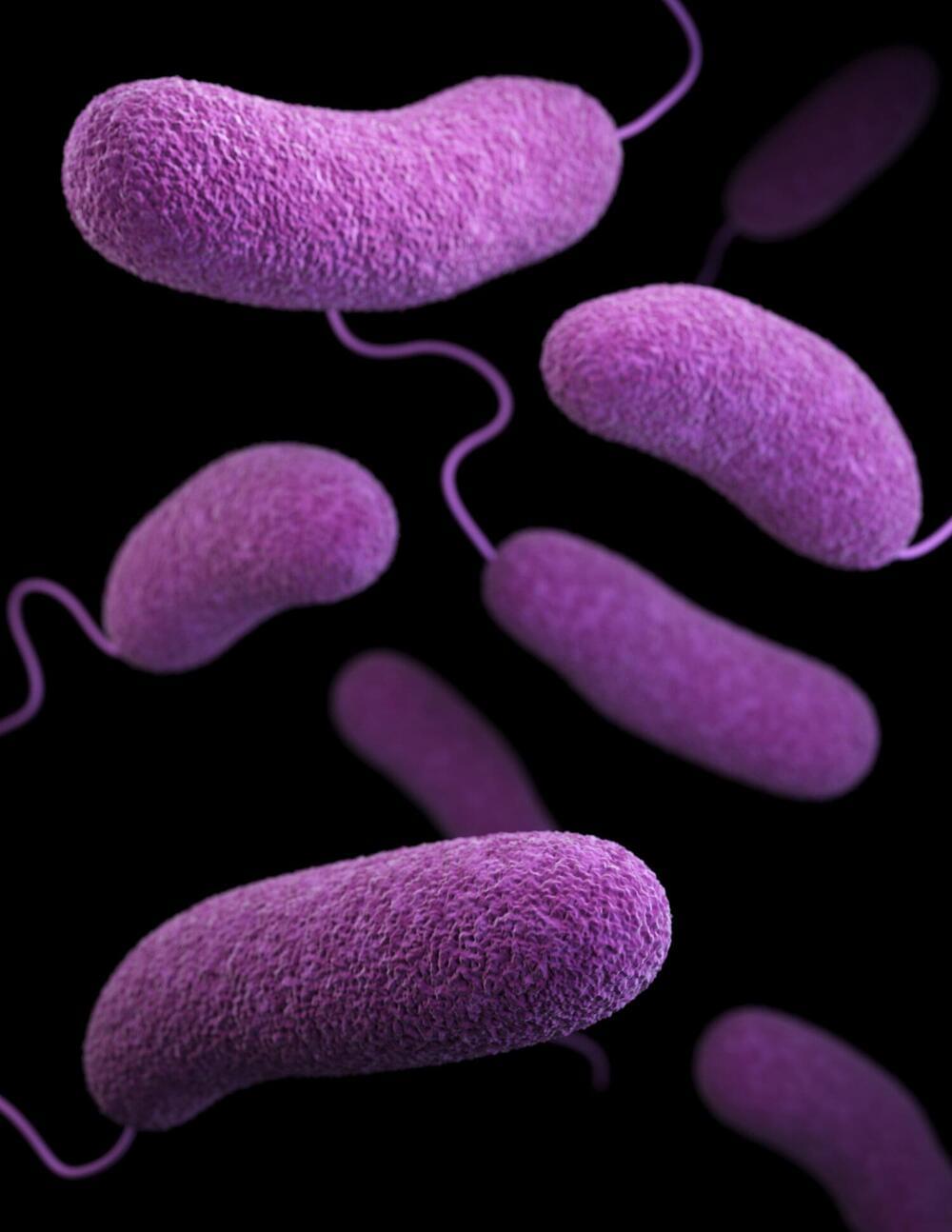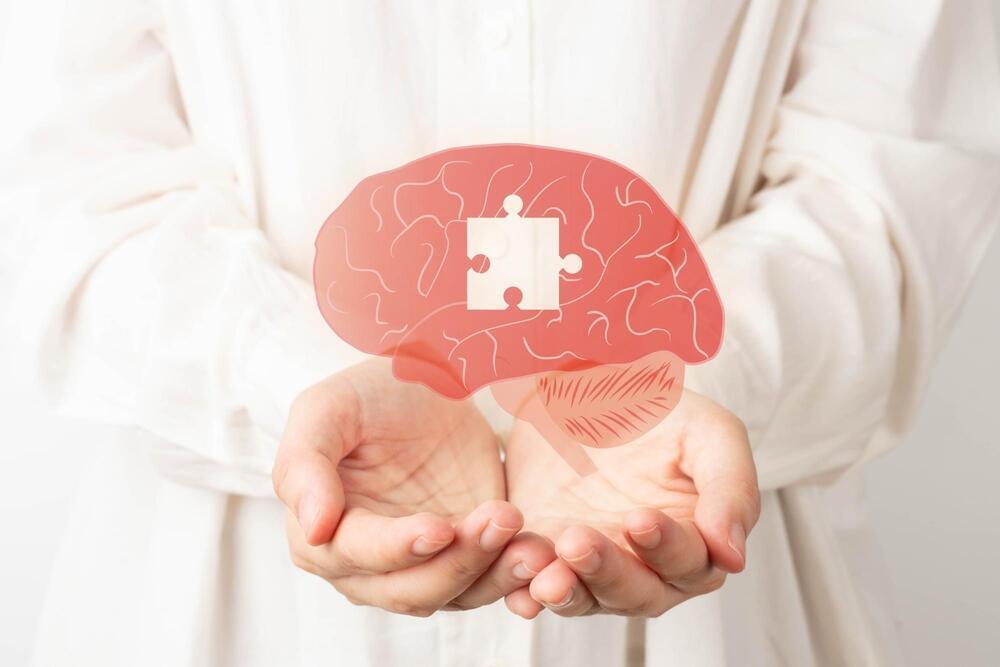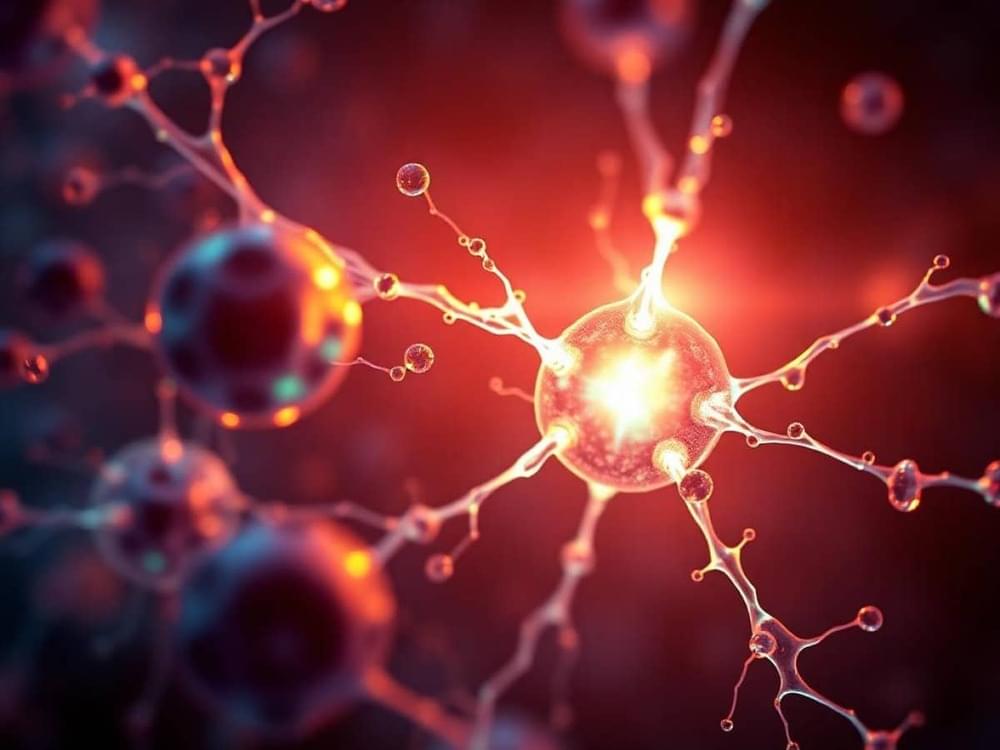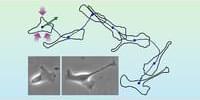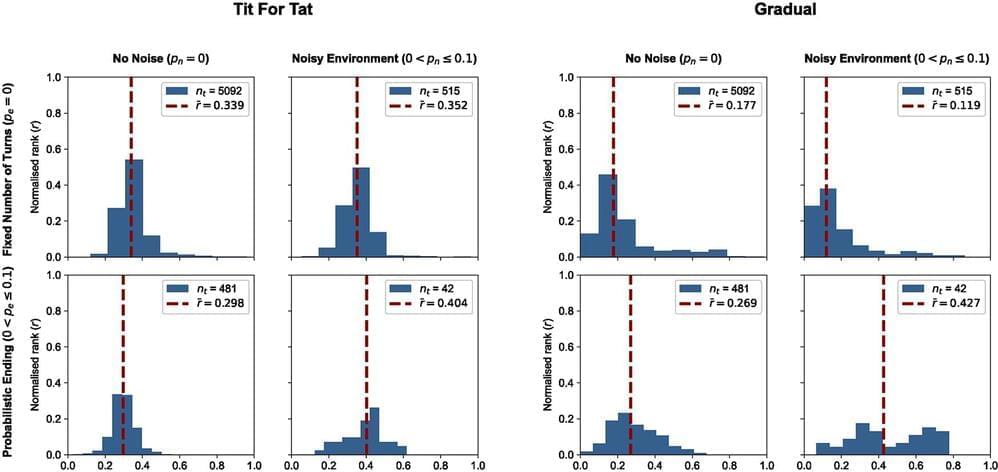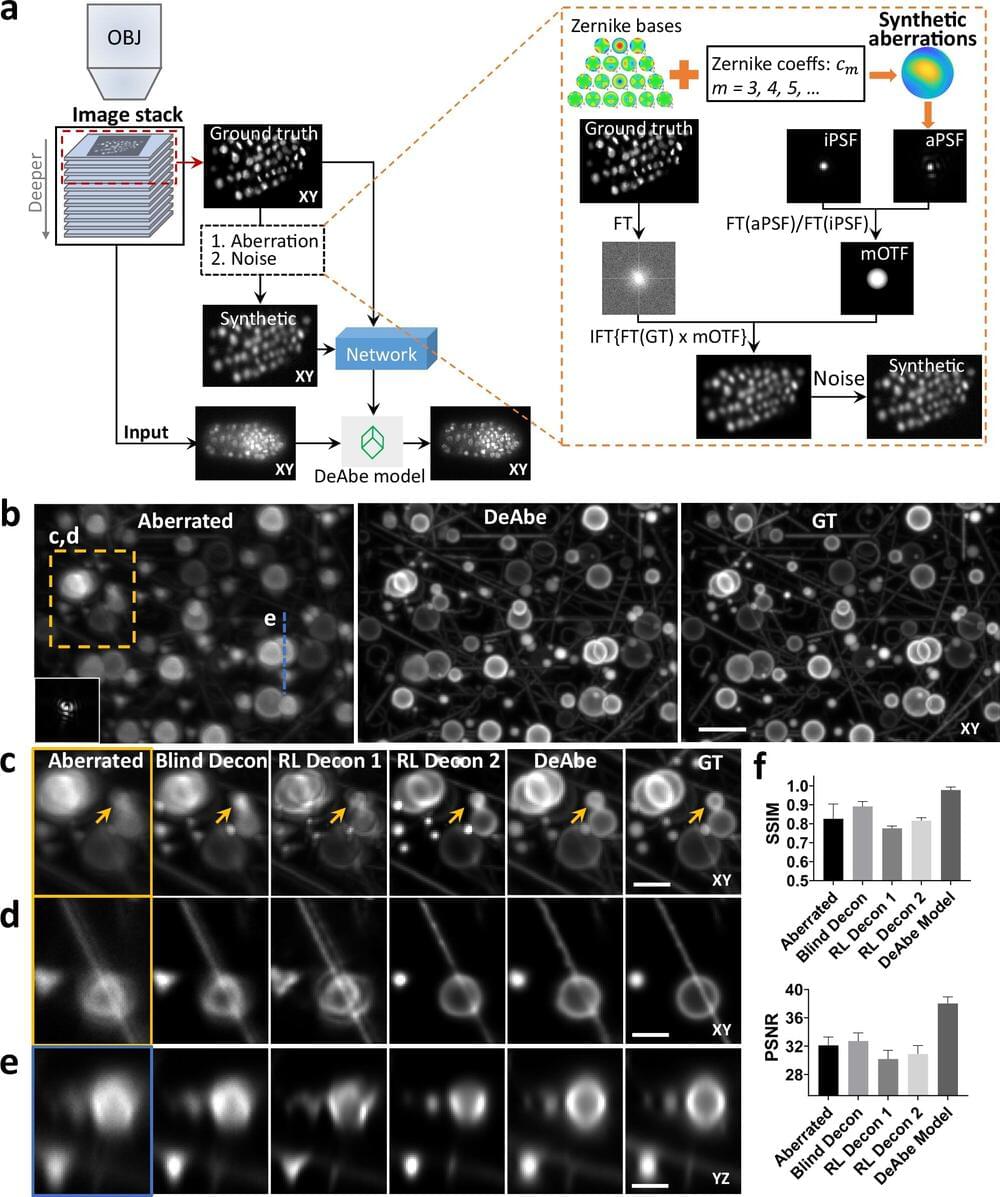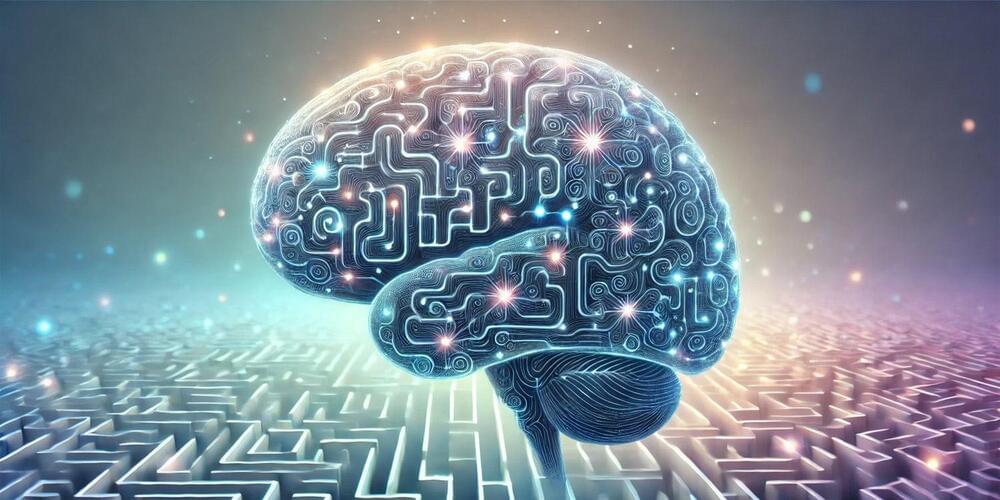We work with a growing database of values-aligned specialists from across the world. These include scientific researchers, educators, thought-leaders, artists, companies, and nonprofits. Together, we co-create, accelerate, and amplify the impact of select projects. These projects are interdisciplinary in nature—often incorporating art, education, and research components to reach more diverse audiences, scale broader impacts, and deliver rapid change. These projects are frequently participatory, with the goal of democratizing the process of exploration and increasing the accessibility of findings, materials, and teachings. These projects are unique and may result in peer-reviewed research findings, open-source books, art exhibits, lesson plans, or innovative commercial products.
